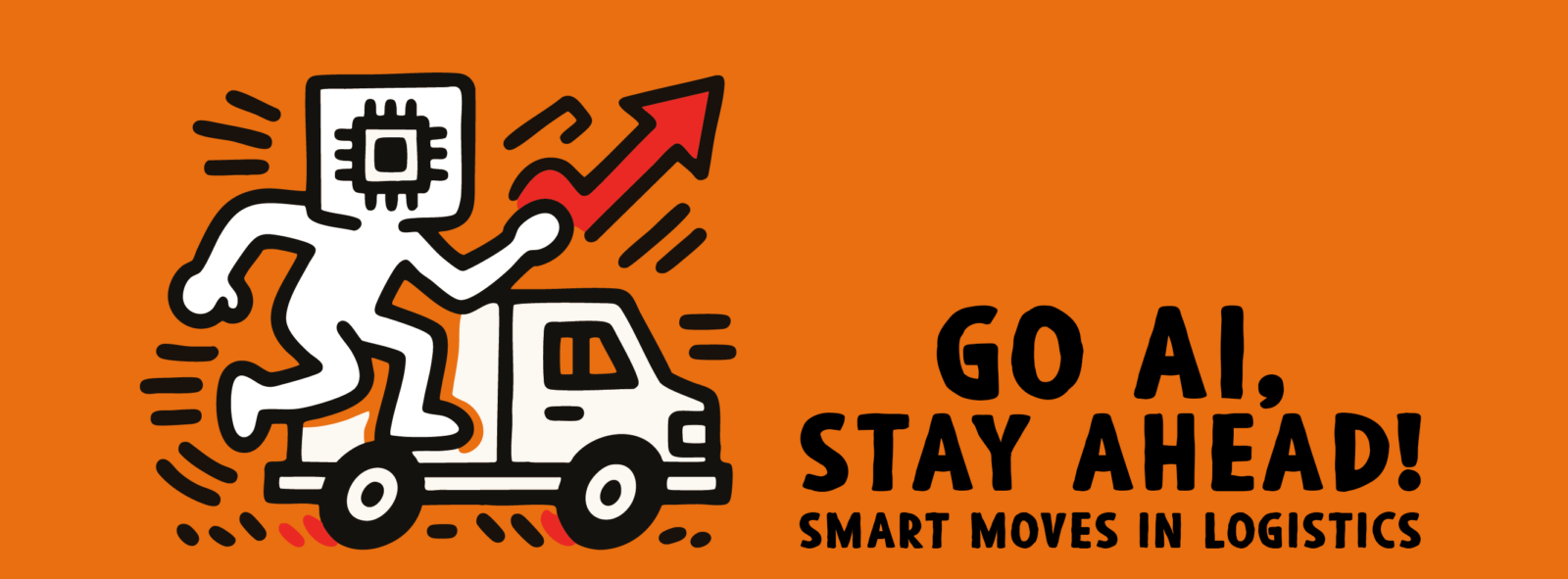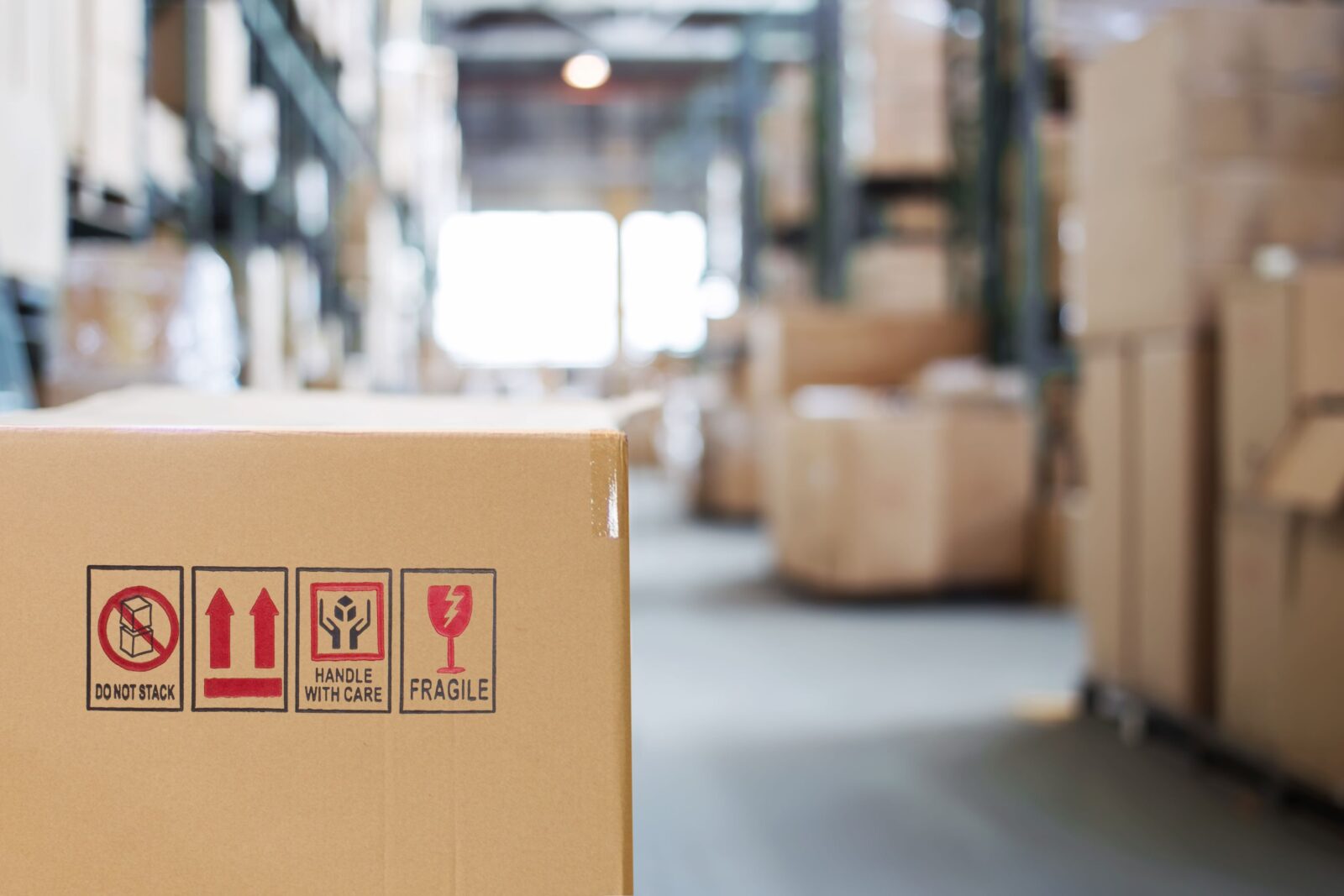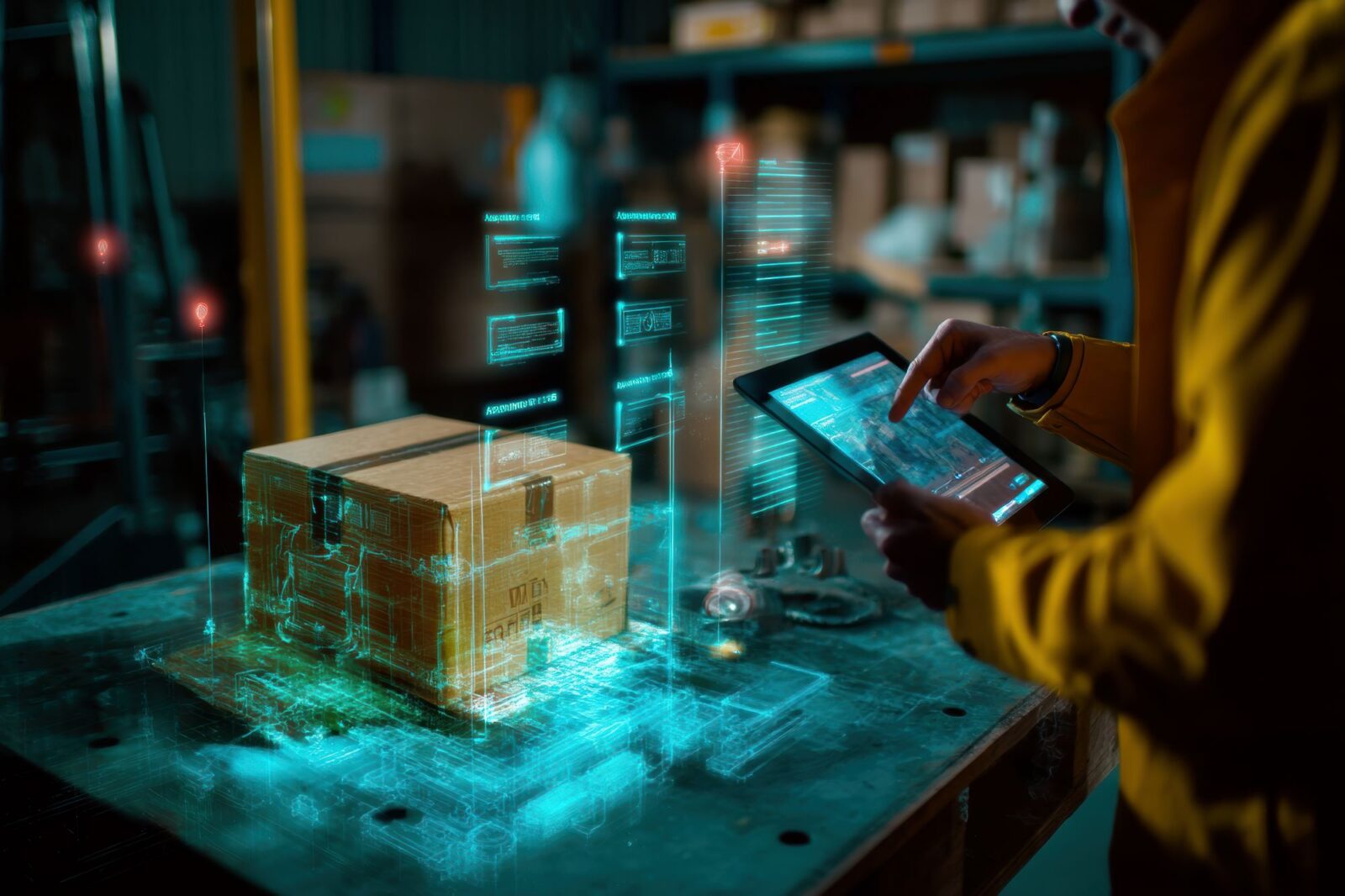Meet the Netherlands: Home to what’s next in supply chain solutions
By Paul Kleijne, Head of NFIA Chicago, and Remco Buurman, CEO of HIDCIn the world of supply chains, many countries are still searching for a basic level of proficiency. Then there’s the Netherlands – a nation that is far ahead of the curve when it comes to next generation logistics.
In our respective capacities at the Netherlands Foreign Investment Agency (NFIA) and the Holland International Distribution Council (HIDC), we interface daily with a broad network of stakeholders: international and national logistics service providers active in the Netherlands; Dutch government partners and regional development agencies; and some of the most innovative companies from the U.S. and worldwide looking to enter the European market.
This gives us a unique vantage point into the seismic changes unfolding in the global supply chain industry. Moreover, experiences on both sides of the Atlantic reinforce our conviction that the Netherlands – a country renowned for trade and infrastructure – is home to the future of supply chain solutions.
Here is what we are seeing:
Where logistics is moving
Let’s start at the macro level. Across the globe, geopolitical uncertainty is compelling a heightened sense of urgency in the search for secure and agile supply chains. Added to this are long-term trends, including aging populations, which drive demand for inventive solutions that can address labor challenges in developed countries. These external factors dovetail with internal developments in the logistics industry: from technological leaps in big data and automation to sustainability efforts in carbon reduction and circularity. And there’s much more room for innovation. The massive productivity gains promised by the AI revolution, for instance, have yet to be unleashed to their fullest potential.
The Dutch DNA for supply chains
Enter the Netherlands. It’s a place where the most exciting trends in the supply chain sector converge. And there is a good reason for that: logistics excellence is deeply ingrained in the Dutch DNA. Geographically, the Netherlands is an ideal gateway to Europe, bringing 95% of Europe’s major markets within close reach. In economic terms, the logistics sector generates a significant portion of Dutch GDP, with the country’s 942,000 logistics specialists comprising roughly 10% of its total workforce. Dutch infrastructure is world-class, exemplified by the Port of Rotterdam and Amsterdam Airport Schiphol – two of the most vital access points on the European continent. These are not just transport hubs, but full-fledged port communities. The Port of Rotterdam’s Portbase and Amsterdam Schiphol’s Cargonaut facilitate data-sharing between all participants of their logistics chain with innovative smart cargo programs.
Dutch policymakers also prioritize logistics, designating it as one of the country’s “Top Sectors”. That means funding is available for supply chain innovation programs and stimulating collaboration between companies, knowledge institutions and government in a trademark Dutch approach called the “Triple Helix”.
The value of third-party logistics
The Dutch supply chain industry itself is remarkably strong, the product of decades of development. A core advantage of this ecosystem is the prevalence of third-party logistics (3PL) providers. The Dutch model differs in this respect from what’s common in the American market. It often doesn’t occur to U.S.-based firms that they can outsource their logistics to 3PLs when expanding to Europe. Yet the benefits of partnering with a logistics provider are enormous: greater flexibility, significant cost savings, easier scalability, decreased risk, enhanced visibility via tracking and seamless integration with larger supply chains. On top of this, many 3PLs offer value-added capabilities like assembly and configuration.
It’s no wonder that some of the world’s top 3PL companies – including FedEx, C.H. Robinson and GXO – set up major operations in the Netherlands. The model proves especially successful for industries that require specialized services. Global giants like DHL Supply Chain, Expeditors, Movianto and Rhenus act as 3PLs within the Dutch life sciences & health ecosystem, delivering climate-controlled logistics and other expert services to pharma and medical technology clients throughout Europe.
Innovation meets sustainability
All of this results in a prime location to advance both value-added logistics and key enabling technologies. The Netherlands offers a highly lucrative pilot market for foreign companies
specializing in AI, automation and robotization services (both hardware and software) as well as digitalization platforms fueled by data collection, analysis and optimization.
In part, it’s a matter of values. As a society, the Dutch are committed to sustainability goals such as achieving a circular economy by 2050. When you fuse that ethos with the Netherlands’ vast innovative capacity and talent pool, you get an ecosystem that is laser-focused on driving new and better technologies capable of reducing supply chains’ environmental impact.
This ecosystem provides fertile ground for ambitious firms looking to lead the supply chain industry into a smarter future. Just ask U.S.-based automation specialists like Ranpak, Locus Robotics and Berkshire Grey, or global companies with strong U.S. ties like Mujin and Meta Storage Solutions. The same goes for AI and robotics innovators from other parts of the world, including Caja Robotics, Ajax Systems, Agilox, Fives, Pickr.AI and Shipsy. By landing in the Netherlands, each of these companies has gained a competitive edge in the pursuit of creating more efficient, flexible and traceable supply chains.
…
Interested in exploring opportunities in the Dutch supply chain ecosystem – or do you already have plans to use the Netherlands as your stepping-stone to the European market? Start a conversation with Paul at paul@nfia.com and Remco at r.buurman@hidc.nl.




